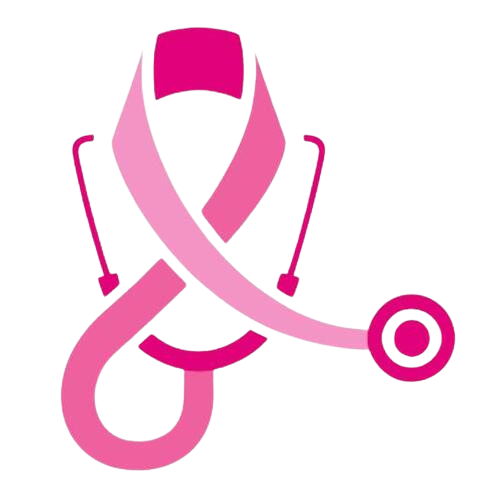Adjuvant Therapy:
Chemotherapy: Adjuvant chemotherapy is given after surgery to destroy any remaining cancer cells and reduce the risk of recurrence. It may consist of various combinations of drugs, such as anthracyclines, taxanes, and platinum agents. The choice of chemotherapy regimen depends on factors such as tumor size, lymph node involvement, hormone receptor status, HER2 status, and patient's overall health.
Hormone Therapy: Adjuvant hormone therapy is used for hormone receptor-positive breast cancer. It aims to block the effects of estrogen or lower estrogen levels in the body. Common hormone therapy drugs include tamoxifen, aromatase inhibitors (such as anastrozole, letrozole, and exemestane), and ovarian suppression therapy (for premenopausal women). Hormone therapy is typically given for 5 to 10 years.
Targeted Therapy: Adjuvant targeted therapy may be recommended for breast cancer that overexpresses HER2. Drugs such as trastuzumab (Herceptin), pertuzumab, and ado-trastuzumab emtansine (Kadcyla) target HER2-positive cancer cells to prevent recurrence. These drugs are often used in combination with chemotherapy.
Radiotherapy: Adjuvant radiotherapy is used to destroy any remaining cancer cells in the breast, chest wall, or regional lymph nodes after surgery. It may be recommended for patients with larger tumors, positive lymph nodes, or certain other high-risk features. Radiotherapy helps reduce the risk of local recurrence and improves overall survival.
Neoadjuvant Therapy:
Chemotherapy: Neoadjuvant chemotherapy is given before surgery to shrink the tumor and make it easier to remove. It can also help assess the tumor's response to treatment. Similar to adjuvant chemotherapy, neoadjuvant regimens may include anthracyclines, taxanes, platinum agents, or other drugs based on tumor characteristics.
Hormone Therapy: Neoadjuvant hormone therapy may be used for hormone receptor-positive breast cancer to reduce tumor size and improve surgical outcomes. It can be given alone or in combination with chemotherapy, depending on the specific situation.
Targeted Therapy: Neoadjuvant targeted therapy, particularly for HER2-positive breast cancer, aims to shrink the tumor before surgery. Drugs like trastuzumab, pertuzumab, and ado-trastuzumab emtansine may be used alone or in combination with chemotherapy as part of neoadjuvant treatment.
Radiotherapy: In some cases, neoadjuvant chemotherapy may be followed by surgery and then adjuvant radiotherapy as needed based on the extent of disease and surgical outcomes.
Overall, the choice and sequencing of adjuvant and neoadjuvant therapies depend on various factors, including tumor characteristics, stage of disease, patient's health status, and treatment goals. It's essential for patients to discuss their treatment options with their healthcare team to develop a personalized treatment plan tailored to their individual needs.


